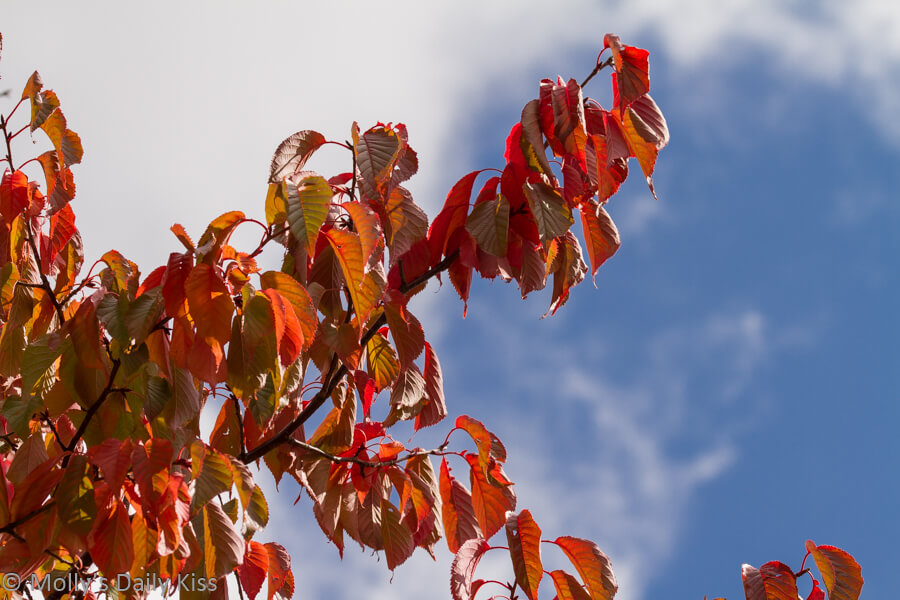


If you lean more towards Soft Autumn, opt for the darker and brighter colours on the Soft Autumn palette – such as Fall Leaf, Cardinal and Olive Night. Depending on where you fall on the True Autumn spectrum, you can borrow some colours from your sister palettes since they are close enough to the True Autumn colour palette. True Spring colours are vibrant, clear and more contrasting.Ĭompared to Soft Autumn, the colours are warmer, brighter and slightly darker overall.Īnd compared to the third Autumn season Dark Autumn, the colours are warmer, softer and slightly lighter.Īs sister palettes, Soft Autumn and Dark Autumn both share True Autumn’s aspects of muted and warm, respectively. With their opposite season True Spring, the colours share the same warmth but are muted and darker. And the colours are rich, medium-dark and very warm. True Autumn sits between Soft Autumn and Dark Autumn on the seasonal flow chart. However, the colours may overall appear more saturated because our eyes are more reactive to warm colours. In line with this season’s secondary aspect, the colours are medium-low in chroma.

And while most colours are in the middle of the value scale, there are more that lean towards the darker end. The colours range from fairly light (beige) to fairly dark (deep brown). Instead, there are more yellows, greens and warm browns, which are naturally yellow-based. And you will only see warmer shades of blue that have a tint of yellow, like turquoise.

Consequently, you will find very few shades of blue (which is the coolest colour of all). This means the colours contain yellow undertones but no blue undertones at all. Thus, the colour palette sits at the warmest end of the hue scale. It also marks the time of year when the northern hemisphere begins to tilt away from the Sun, resulting in less direct sunlight and consequently the cooling temperatures.True Autumn’s primary aspect is warm. On the autumn equinox, day and night are of roughly equal length and the nights will become increasingly longer than the days, until the spring equinox when the pattern is reversed. The Earth's orbit around the Sun means that in early January, the Sun is closest (known as perihelion) and in early July it is most distant (aphelion). The dates of the Equinox and Solstice aren't fixed due to the Earth's elliptical orbit of the Sun. In a year there are two equinoxes (spring and autumn) and two solstices (summer and winter). Solstices and equinoxes are considered to be the astronomical transition points between the seasons and mark key stages in the astronomical cycle of the Earth. The seasons are defined as spring (March, April, May), summer (June, July, August), autumn (September, October, November) and winter (December, January, February). By the meteorological calendar, the first day of autumn is always 1 September ending on 30 November. These seasons are split to coincide with our Gregorian calendar, making it easier for meteorological observing and forecasting to compare seasonal and monthly statistics. Meteorological seasons are derived by splitting the year into four periods made up of three months each. Both equinoxes and solstices are related to the Earth's orbit around the Sun.įor upcoming years, the dates for astronomical autumn will be: Year The astronomical calendar determines the seasons due to the 23.5 degrees of tilt of the Earth's rotational axis in relation to its orbit around the Sun. This year autumn begins on 23 September 2022 and ends on 21 December 2022. Usually, when we talk about the first day of autumn we are referring to the astronomical autumn which is defined by the Earth's axis and orbit around the Sun. One is defined by the Earth's axis and orbit around the Sun and the second is a fixed date which is used by meteorologists for consistent spacing and lengths of the seasons. There are two separate dates which could be said to mark the start of autumn in calendars.


 0 kommentar(er)
0 kommentar(er)
